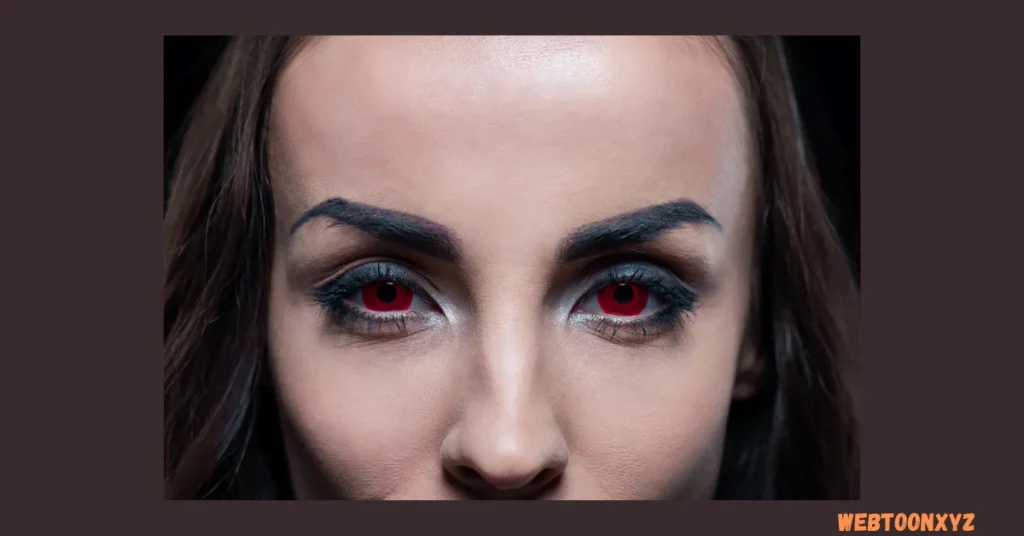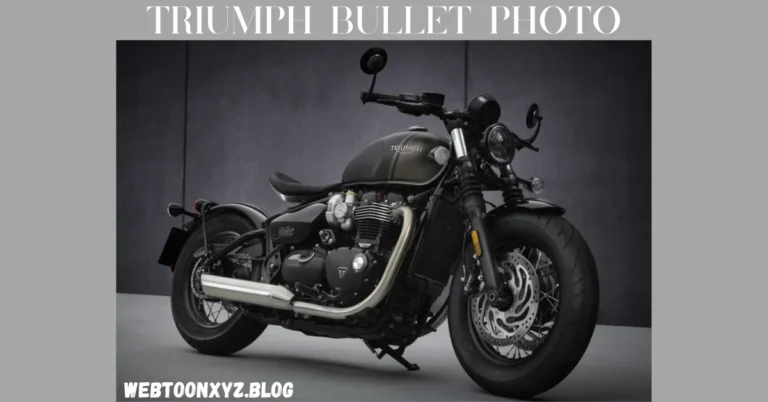Female Demon Names: A Deep Dive into Mythology, Folklore, and Popular Culture
Demons have long captivated human imagination, often serving as symbols of evil, temptation, and chaos. While many demon names are gender-neutral, an intriguing category exists that features distinctly female entities. These names are steeped in mythology, folklore, and popular culture, often embodying complex narratives and characteristics that signify both power and malevolence.
Historical Context of Female Demons
Female demons are often portrayed in literature and art, reflecting societal fears and beliefs about femininity. From ancient civilizations to modern interpretations, these figures frequently represent seduction, wrath, and destruction. In many cultures, female demons have served as cautionary tales, warning society about the dangers of unchecked desire and ambivalence towards female power. The portrayal of female demons varies significantly across different traditions. For instance, in Babylonian mythology, Lilith is often demonized as a figure who preys on infants and seduces men, symbolizing fears of female sexuality.
The Role of Female Demons in Mythology
Female demons are prevalent across many different mythologies and cultures. Their roles are often complex, and they embody multiple facets of human nature, ranging from sexual desire to vengeance and chaos. In contrast to male demons, who are frequently portrayed as brute forces of evil, female demons often represent more nuanced and multifaceted concepts. They may be depicted as dangerous seductresses, powerful sorceresses, or maternal figures whose nurturing qualities can quickly turn deadly.
Famous Female Demon Names and Their Origins

1. Lilith: The First Rebellious Woman
Lilith is one of the oldest and most significant female demon figures in Western folklore, originating from Jewish traditions and later adopted into Christian mythology. In ancient Jewish texts such as the Alphabet of Ben Sira, Lilith is depicted as the first wife of Adam, created equal to him. However, she refused to submit to Adam’s authority and fled the Garden of Eden. This defiance led her to become a demoness associated with seduction, rebellion, and the night.
2. Succubus: The Demon of Desire
The succubus is one of the most iconic and dangerous female demon names in folklore. Known for seducing men and draining their life force through sexual intercourse, the succubus is a seductive and powerful figure in mythologies across many cultures. Derived from the Latin word succubare (meaning “to lie beneath”), the succubus is often portrayed as a demoness who visits men during their sleep and steals their vitality.
3. Hecate: The Goddess of Dark Magic
Hecate is a complex figure in Greek mythology, often considered a goddess of witchcraft, magic, and the moon. While she was revered and worshiped as a powerful and wise deity, her associations with necromancy, the underworld, and the manipulation of spirits have also led to her depiction as a demoness in certain cultures. Hecate is often portrayed as a triple goddess—representing the maiden, mother, and crone—and as a goddess who governs over the liminal spaces between life and death.
Read Previous: Natalie nunn net worth
4. Pazuzu: The King of Demons
Pazuzu, a demon from ancient Mesopotamian mythology, is perhaps best known today as the antagonist in The Exorcist. While Pazuzu is traditionally depicted as a male demon, there are also representations of the demon that incorporate female characteristics. Known as the demon of the wind, Pazuzu’s role was to bring both destruction and protection. In one aspect, he was invoked to ward off other malevolent spirits, including the succubus.
5. Baba Yaga: The Witch of Slavic Folklore
Baba Yaga is one of the most famous female demon figures in Slavic folklore. Often depicted as a haggard, old woman with supernatural powers, Baba Yaga is a complex character who alternates between a malevolent witch and a wise guide. She is often shown living in a hut that stands on chicken legs, further emphasizing her connection to the supernatural world.
Female Demon Names Across Cultures
1. Asmodea (Judeo-Christian Demonology)
In certain apocryphal texts, Asmodea is depicted as the female counterpart to Asmodeus, the demon of lust. Asmodea is associated with seduction, jealousy, and sinful behavior, and her name often appears in works that explore themes of forbidden desires. In medieval demonology, Asmodea was believed to be a demoness who preyed upon human emotions and relationships, particularly through jealousy and desire.
2. Tengu (Japanese Mythology)
In Japanese folklore, Tengu are supernatural creatures that possess both human and bird-like characteristics. While male Tengu are more commonly known, female Tengu are also formidable demons, believed to have the ability to control weather, cause disasters, and manipulate the elements.
3. Kali (Hindu Mythology)
Kali is a powerful goddess in Hinduism, known for her role as the destroyer of evil and the protector of the faithful. While she is often depicted in a fierce and terrifying form, Kali is not traditionally considered a demon. However, her associations with death, time, and destruction have led to her being seen as a dark figure, one who can both destroy and create.
4. Mara (Buddhist and Norse Mythology)
In both Buddhist and Norse mythology, Mara is a female demoness associated with temptation, death, and illusion. In Buddhist traditions, Mara is the demon who tempted Siddhartha Gautama (Buddha) away from his path to enlightenment, symbolizing the attachments and desires that prevent spiritual awakening.
The Enduring Influence of Female Demons in Popular Culture
1. Movies and TV Shows
Female demons have played a central role in horror films and television, often representing the ultimate evil or seduction. Characters like the demoness from The Exorcist, Lilith from Supernatural, and the witches from American Horror Story have all explored the darker aspects of female power.
2. Books and Video Games
In literature, female demons have appeared in works such as The Inferno by Dante Alighieri and Dracula by Bram Stoker, where they often serve as symbols of temptation, death, and evil. In video games, female demons often serve as formidable antagonists, with powers ranging from controlling fire to manipulating minds. Games like Diablo, Doom, and The Witcher feature female demons who act as fierce adversaries, forcing players to confront their darkest fears.
3. Comics and Graphic Novels
In comics, female demons are frequently portrayed as both villains and antiheroes, with characters like Madame Satan from Archie Comics and Enchantress from DC Comics representing dark, seductive forces. These characters often embody both beauty and danger, manipulating others for their own purposes.
Cultural Significance of Female Demons
Understanding female demons involves navigating the complex interplay of gender, power, and societal norms. Often, these figures highlight anxieties regarding women’s roles in society and the fear of their potential. By investigating various cultures, one can observe that female demons frequently emerge as figures of rebellion against patriarchal structures. They challenge traditional norms, making them rich subjects for analysis and interpretation.
FAQs
What are female demon names?
Female demon names refer to names of female supernatural beings that are often associated with evil, dark magic, or malevolent forces in various mythologies, religions, and folklore. These names are often used in stories, myths, and works of fiction to depict female demons with specific characteristics or powers.
What are some famous female demon names?
Some well-known female demon names from different cultures include:
Lilith – Often depicted as the first wife of Adam in Jewish folklore, associated with night and evil spirits.
Hecate – Greek goddess of witchcraft, magic, and the night, sometimes associated with darker powers.
Succubus – A demoness in folklore that is said to seduce men and drain their energy.
Lamia – A figure from Greek mythology known for her evil deeds and vampiric tendencies.
Banshee – In Irish mythology, a female spirit or demon who wails as a warning of death.
What is the origin of female demon names?
The origin of female demon names can be traced back to various mythologies, religious texts, and cultural beliefs. Many names come from ancient civilizations, such as Greek, Roman, Hebrew, and Mesopotamian cultures, where demons were believed to have distinct roles and powers. Over time, these names were passed down through folklore and religious teachings.
Are there female demons in every culture?
Yes, many cultures have stories or myths involving female demons or malevolent spirits. From the Greek myth of Hecate to the Slavic legends of the Baba Yaga, female demons appear across different cultures. While the names and characteristics may vary, they often share similar themes of danger, dark magic, or deception.
What powers do female demons possess?
The powers of female demons vary depending on the specific demon and the mythology they belong to. Some common abilities include:
Shape-shifting – The ability to change appearance.
Invisibility – The ability to disappear or become unseen.
Mind control – Influencing or manipulating the thoughts and actions of others.
Illusions – Creating false perceptions or visions.
Seduction – Many female demons, like the succubus, are said to seduce men and manipulate them for their own gain.
Are female demon names used in modern culture?
Yes, female demon names are frequently used in modern culture, particularly in movies, TV shows, books, and video games. Examples include characters like “Vampira” from The Munsters, “Raven” from Teen Titans, and “Lilith” in the Supernatural TV series. These names are often used to evoke mystery, danger, or supernatural power.
Conclusion
Female demon names are rich with cultural, symbolic, and narrative significance. From the rebellious Lilith to the destructive Kali, these figures embody the complexities of femininity, power, and the darker forces of the universe. Whether portrayed as seductresses, goddesses, or malevolent entities, female demons challenge traditional ideas of gender, morality, and authority. The enduring presence of these figures in mythologies, literature, films, and games speaks to their power to captivate and disturb. Female demons continue to evolve, reflecting society’s ever-changing understanding of femininity, power, and the human condition.
Stay In Contact With: Webtoonxyz!






